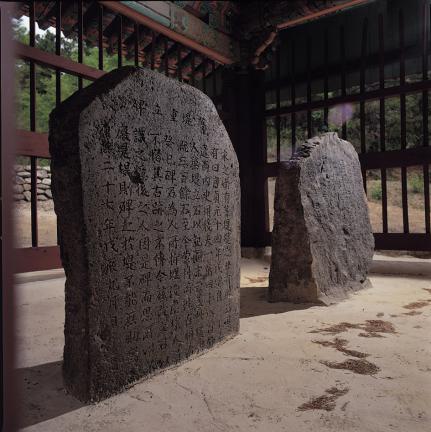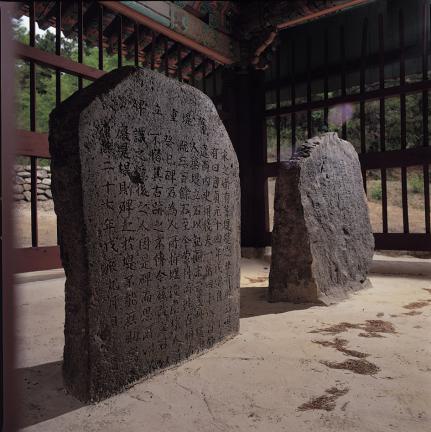국가유산 종목별 검색
보물
영천 청제비 (永川 菁堤碑)Cheongjebi Monument, Yeongcheon
| 분 류 | 기록유산 / 서각류 / 금석각류 / 비 |
|---|---|
| 수량/면적 | 2기 |
| 지정(등록)일 | 1969.11.21 |
| 소 재 지 | 경북 영천시 도남동 산7-1번지 |
| 시 대 | 신라시대 |
| 소유자(소유단체) | 안*** |
| 관리자(관리단체) | 안*** |


보물
영천 청제비 (永川 菁堤碑)Cheongjebi Monument, Yeongcheon
| 분 류 | 기록유산 / 서각류 / 금석각류 / 비 |
|---|---|
| 수량/면적 | 2기 |
| 지정(등록)일 | 1969.11.21 |
| 소 재 지 | 경북 영천시 도남동 산7-1번지 |
| 시 대 | 신라시대 |
| 소유자(소유단체) | 안*** |
| 관리자(관리단체) | 안*** |

ⓒ 2000. CULTURAL HERITAGE ADMINISTRATION. ALL RIGHTS RESERVED.



 문화유산
문화유산


